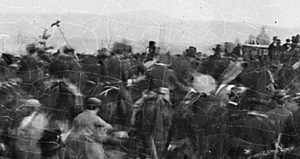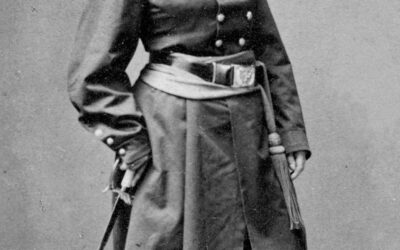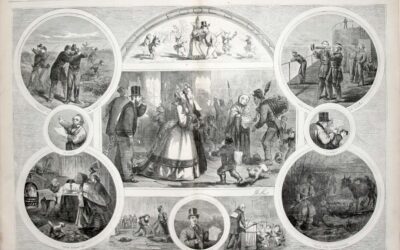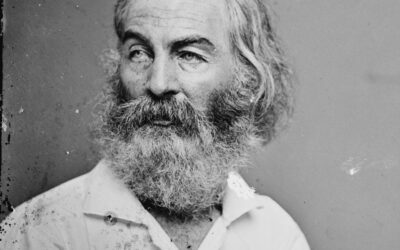Since I have posted on The Gettysburg Address in the past, I thought I would share this USA Today headline article about a “new” image of Abe Lincoln at Gettysburg being found at the Library of Congress.
The story discusses how an amateur historian was looking at photographs of the famous Gettysburg Address and found Lincoln in his famous top hat riding a horse to the speaker’s stand.
You can read the entire article HERE.
Here is a close up of the photo from the article showing what appears to be Lincoln

I have posted before about using photographs in your classroom. The historian in the article had researched the events around the Gettysburg Address and was simply looking at photographs and made a terrific discovery. You and your students can do the same thing in your classroom. Who knows, you may be the one to find the next photo of Lincoln or other famous Civil War figure.
Researchers advocate instructional approaches that engage students in the processes of doing history (Friedman, 2005). This process includes building historical knowledge through the use of primary sources, conducting historical inquiry, and encouraging students to think historically. As part of this process, students must be active learners, by seeking answers rather than waiting for them when engaging in the analysis of primary sources. The reason for this is that the process of engaging in historical thinking is more than simply absorbing information; instead it requires seeking out answers to questions (Friedman, 2005). While viewing a primary source, students will examine the historical document and then construct a narrative based on that document. Through the process of constructing this narrative, students have begun to develop inquiry skills that they will be able to use throughout their life (Wineburg, 2001). According to VanSledright (2002), children as young as seven and eight years old are capable of thinking historically.
Good luck and have fun exploring those photos.
——————————————————–
References:
Friedman, A. (2005, May). Using digital primary sources to teach world history and world geography: Practices, promises, and provisions. Journal for the Association of History and Computing, 8, Retrieved October 2005, from http://mcel.pacificu.edu/jahc/JAHCVIII1/articles/friedman.htm#037
VanSledright, B. (2002). In search of America’s past. New York, NY: Teacher’s College Press
Wineburg, S. (2001). Historical thinking and other unnatural acts. Philadelphia, PA: Temple University Press.




0 Comments